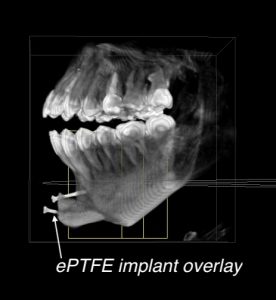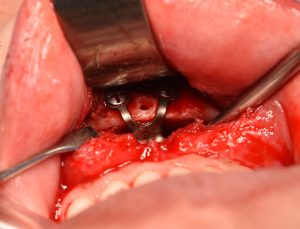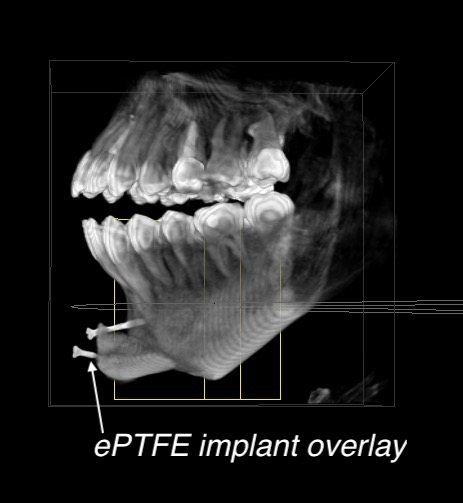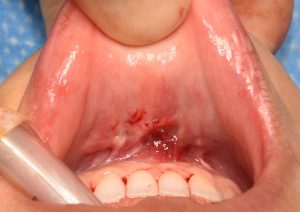Background: The well known sliding genioplasty is a versatile chin reshaping procedure due to its capability of multidimensional movements. While most known for ‘sliding’ the chin bone forward (increased horizontal projection) it is capable of changing the vertical height of the chin (longer or shorter) as well as its width. This capability of change is why its use is an integral part of v-line jaw reshaping surgery.
The ability to make the downfractured chin bone so dimensionally changeable is how it is put back together and held there. Plate and screw fixation allows the bone to be placed and/or reassembled in a variety of ways that are stable and allows for uncomplicated bone healing. Long ago has the use of wires been replaced by these plate and screws due to their versatility. Another less commonly used chin fixation method are bicortical screws which, while effective for healing, limits the chin dimensional changes by how the screws have to pass through the chin bone segment.
When performing the sliding genioplasty in women, similar to chin implants, a key aesthetic issue is to avoid over correction. Unlike men the horizontal chin projection in women should not come as far forward as the classic vertical line dropped down from the lips…as that will almost always been seen as too much



Larger amounts of chin advancements can be done by a combined sliding genioplasty and implant overlay. In this situation the need for a partial reversal for over correction can be done by implant removal and setback osteotomy. The ratio between the two, and whether both needs to be done, depends on how much setback is needed.
Case Highlights:
1) V-line surgery typically involves some form of a sliding geniplasty which narrows the chin by either advancement or a midline wedge bone removal.
2) When the narrowness of the chin is created by a large horizontal advancement overcorrection can occur in profile…which can be secondarily treated by a subtotal sliding genioplasty reversal.
3) Large horizontal chin advancements associated with significant vertical shortening can cause labiomental fold/intraoral vestibular tightness due to soft tissue compression.
Dr. Barry Eppley
Indianapolis, Indiana




